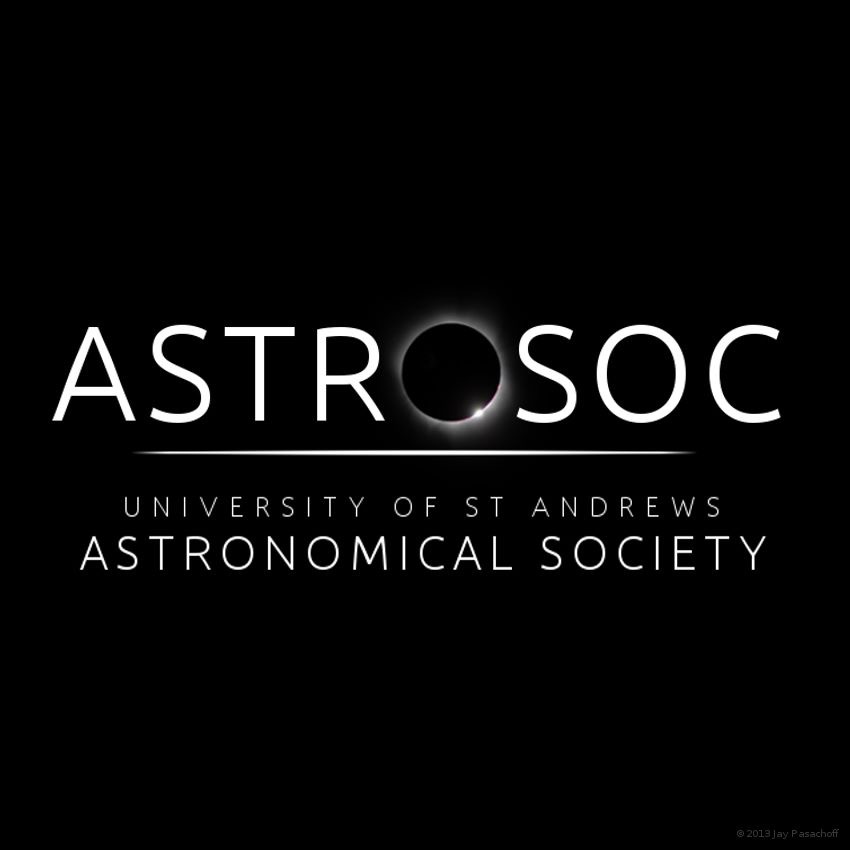Collectivise quantum behaviour beyond equilibrium: Many body cavity QED
Dr Jonathan Keeling
Part 2 - Accessible to honors students
During the course of the 20th Century, an under-appreciated achievement of theoretical physics has been the ability to understand how properties of materials arise from collective behaviour, and to be able to predict and classify the transitions between different phases. This encompasses magnetism, superconductivity, ferroelectricity, metals and insulators, liquid crystals, and many more. However, almost all of this understanding is for systems in thermal equilibrium. Our work studies the behaviour of non-equilibrium systems, in particular, non-equilibrium steady states, in the presence of pumping and decay. Such questions arise very naturally in the context of coupled matter-light systems, as light can only ever be confined imperfectly.
In the first lecture, "Photon and polariton condensation", I will give a general introduction to the ideas in this area, and will talk about one particular example: organic molecules in optical cavities, and the physics of Bose-Einstein condensation of photons and polaritons.
In the second lecture, "Many body cavity QED", I will continue to illustrate the general idea, by discussing the emerging field of many-body cavity QED, involving experiments with ultracold atoms in optical cavities.
Duration: 1 hour
Host: PhySoc














